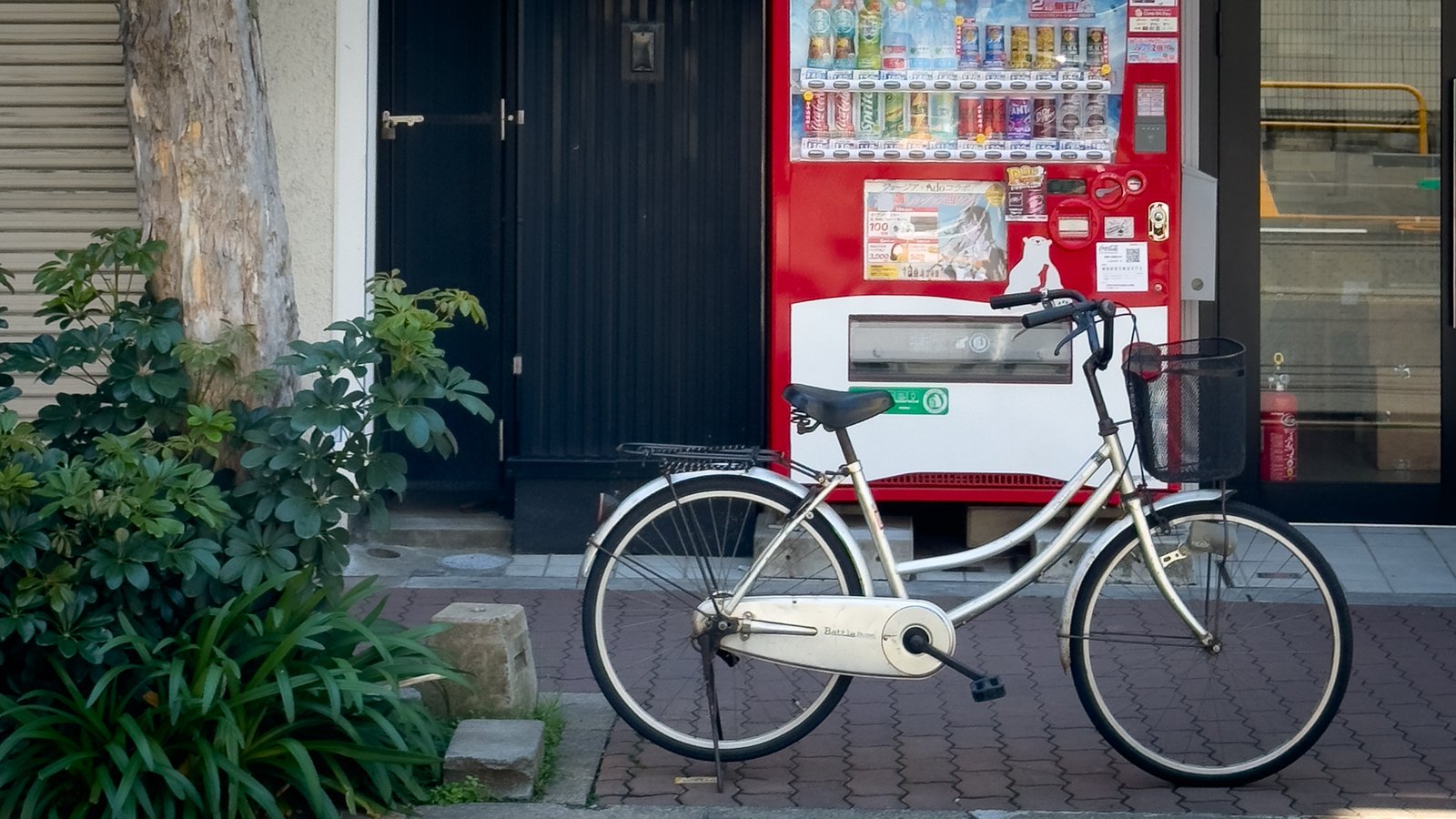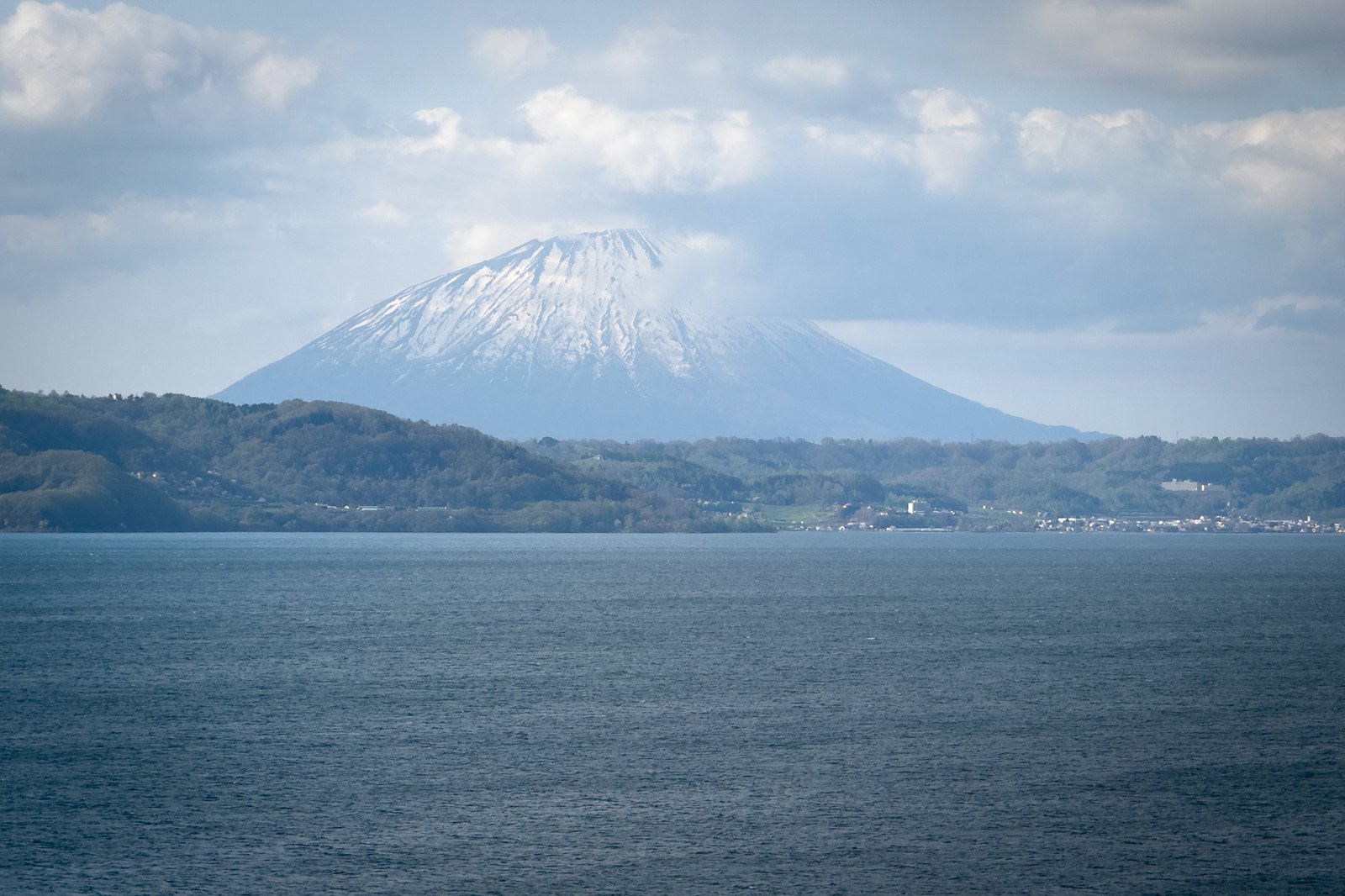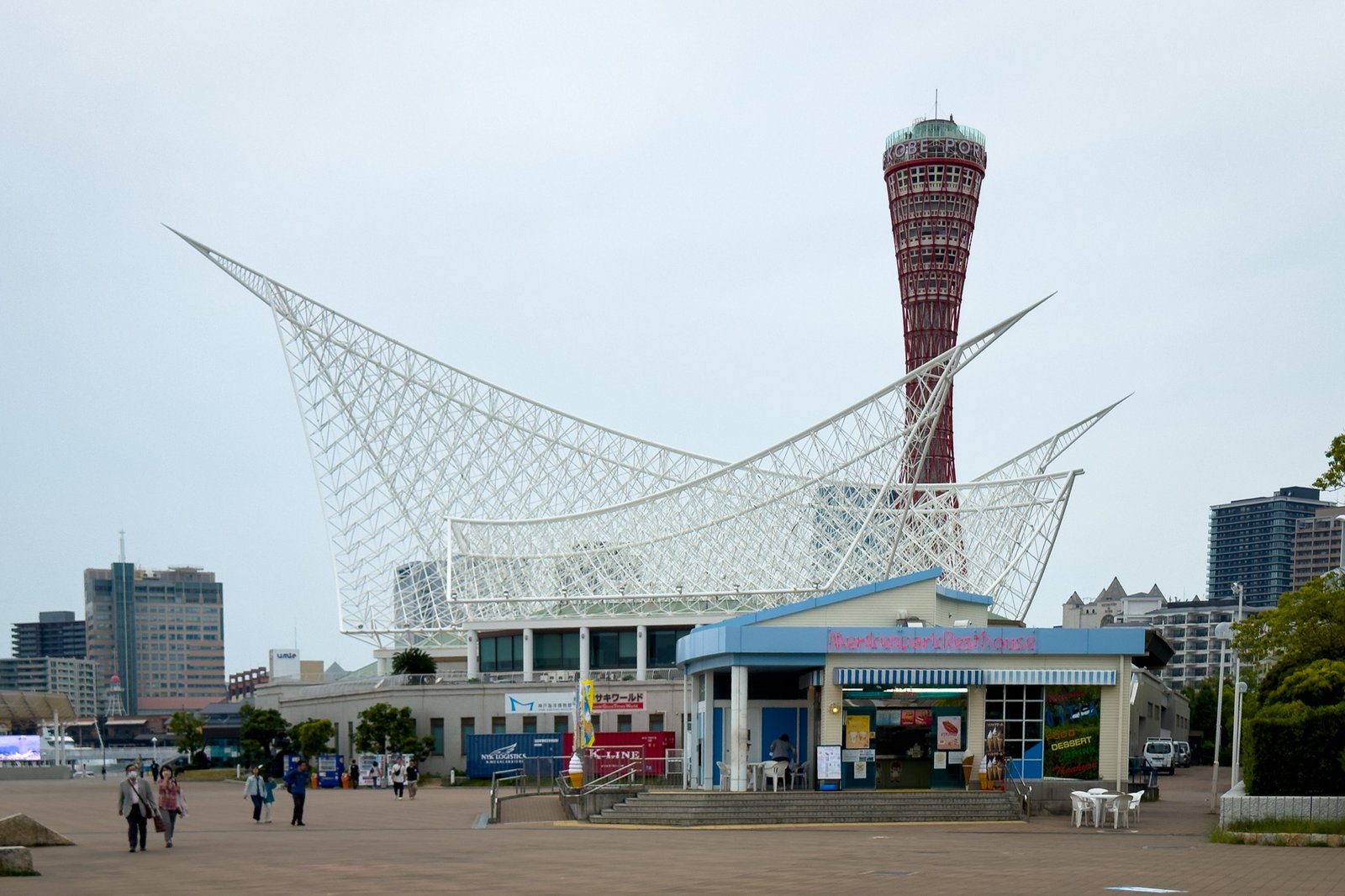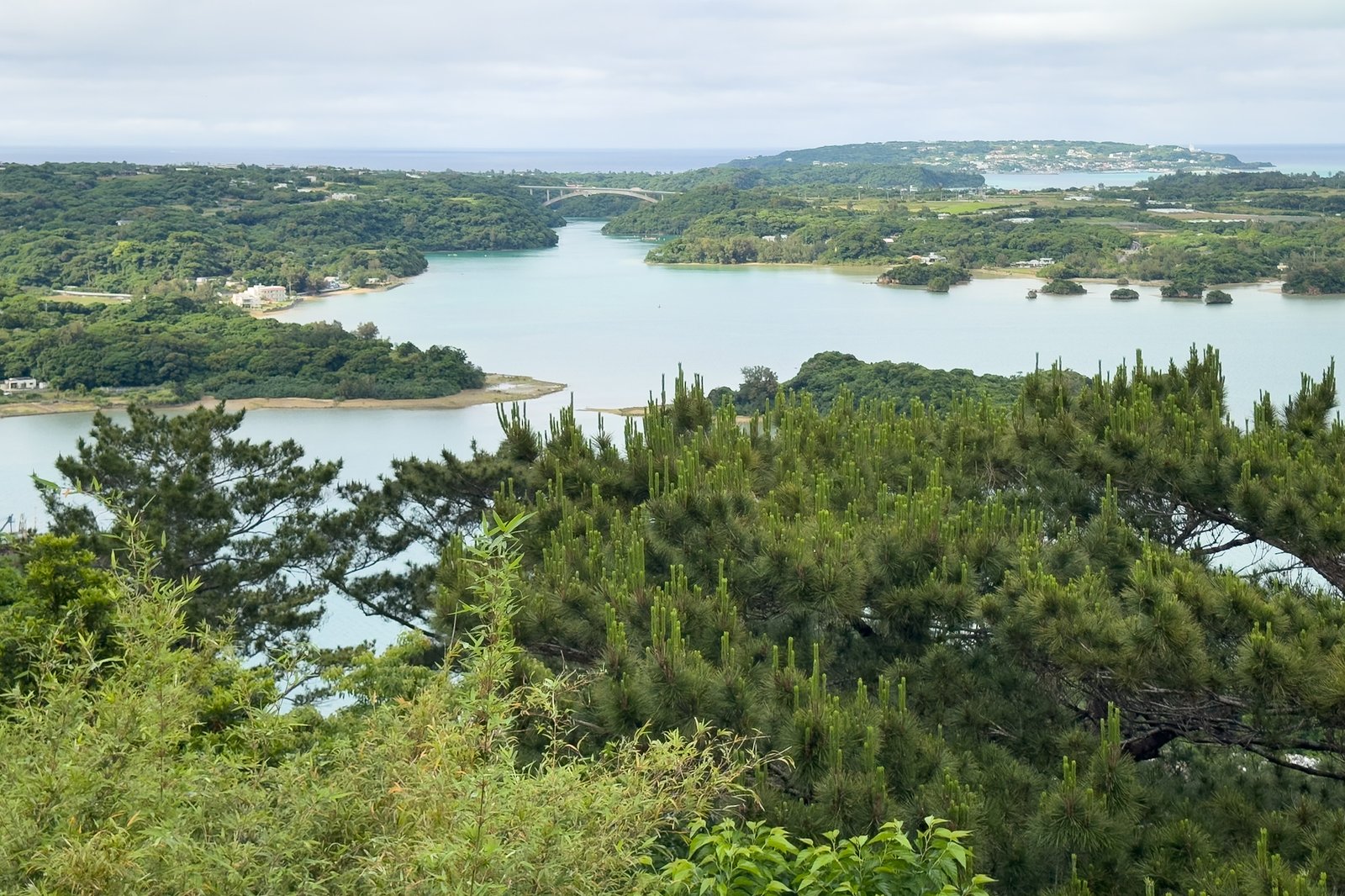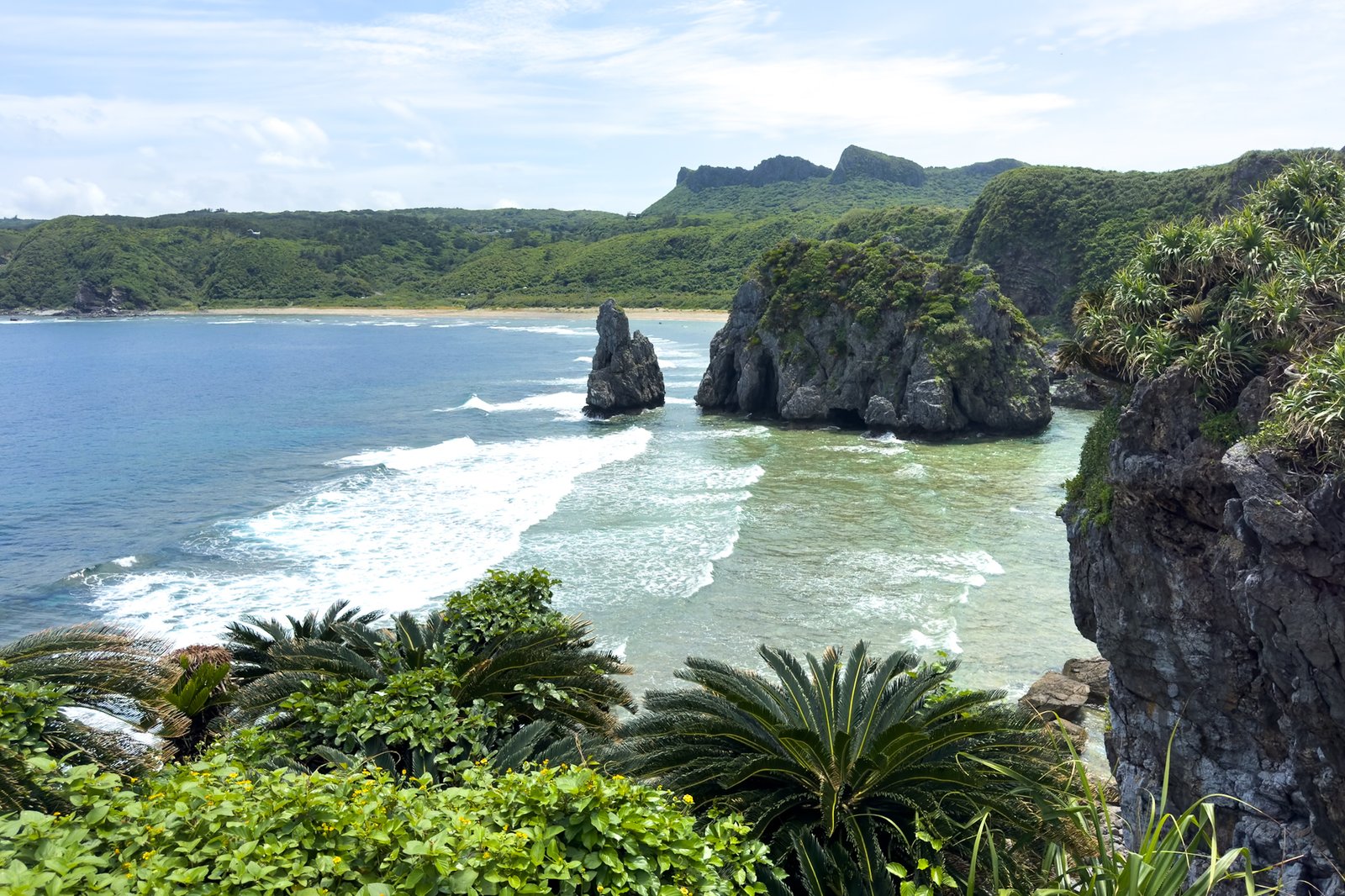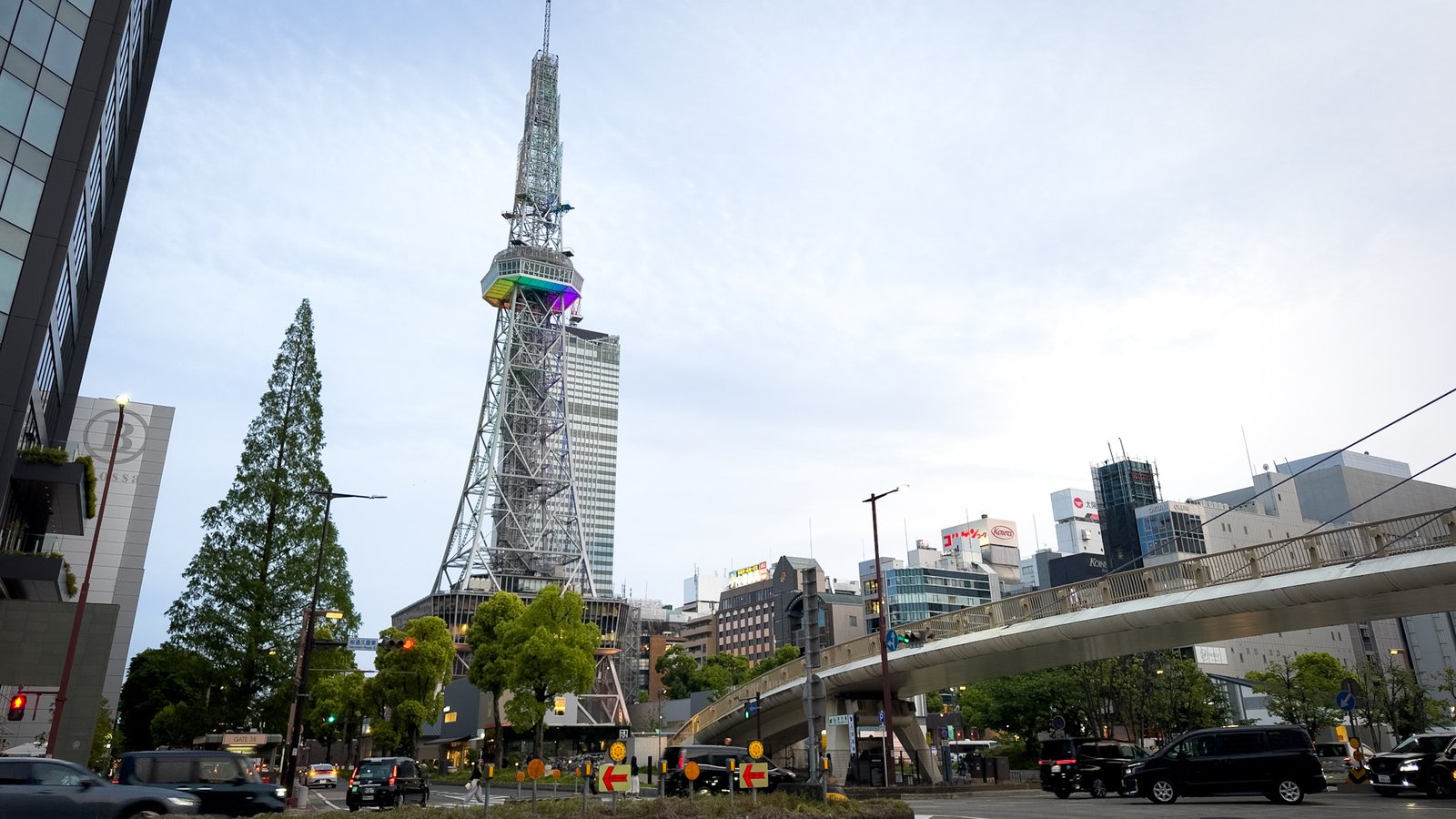Looking for what to do in Aomori? You’ve come to the right place. We visited Aomori after Hakodate during our third trip to Japan.
We knew it was one of those places many use just as a stopover—to continue on to Hirosaki, Lake Towada, or even further. But we decided to stop and give it time. Because sometimes it’s in the quietest places that you discover the most unexpected stories.
Aomori has that serene energy of a port city—there’s no rush, but there’s movement. What stayed with us were the flavors, the smells, and how the city welcomed us, almost as if it already knew us.
Table of Contents
Where to stay in Aomori
Aomori’s center is compact, and everything revolves around the main station. The best area to stay is right there, around the JR Aomori Station. You’re close to restaurants, markets, cafes, and the main attractions.
Tip: Check out our suggestions for where to stay in Aomori for all budgets.
How to get to Aomori
We came by ferry from Hakodate—a short crossing but with beautiful scenery along the way.
The city also has a JR station connected to the Shinkansen, the bullet train that makes it easy to reach from Tokyo, Sendai, or other major cities. That’s how we later went to Sendai: tickets purchased through Klook (super practical and in English), no complications.
Things to do in Aomori
1. Discover the flavor of Aomori apples


It might sound strange, but Aomori is known for its apples. We’re not just talking about the fruit itself—it’s the tarts, ice creams, juices, ciders, and other apple sweets that are part of the city’s soul.
A great place to start is A-FACTORY (エーファクトリー), right next to the station. You can taste, buy, and even see part of the local cider production process.
2. Explore the Nebuta Museum WA-RASSE


This museum is dedicated to the Nebuta Matsuri, one of Japan’s most vibrant festivals. Even if you’re not here during the festival (early August), you can see the giant lanterns, learn about the history, and feel some of the energy that fills the streets every year.
3. Make your own donburi at Aomori Gyosai Center (Nokkedon)

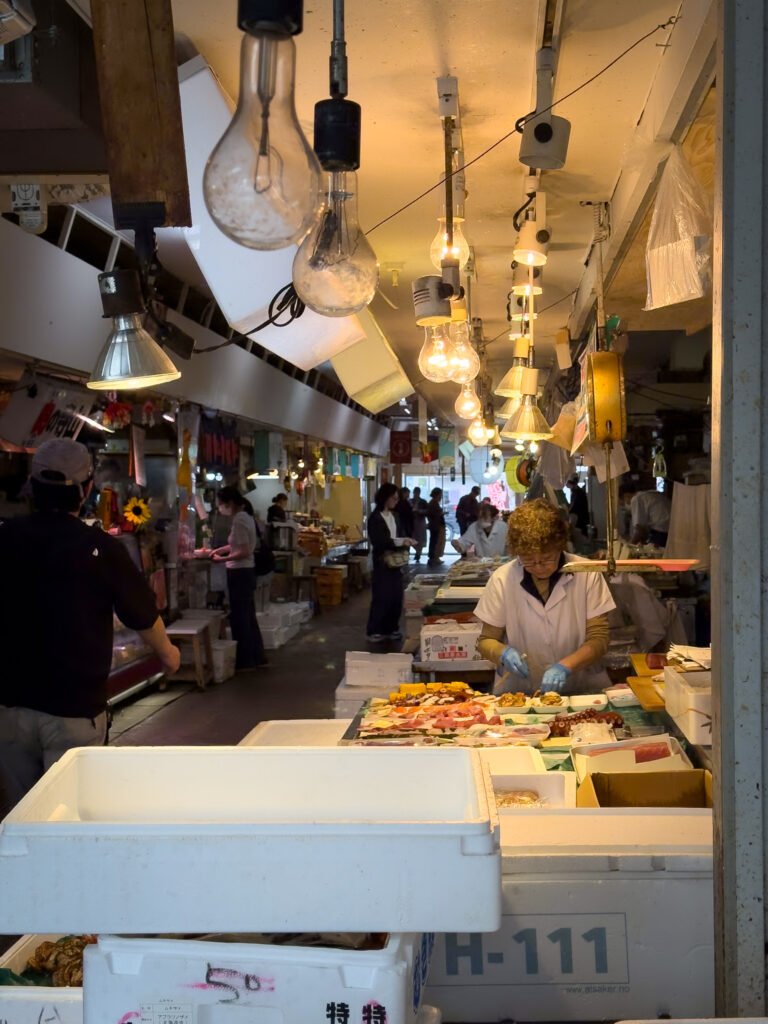
Imagine entering a market, buying rice at one stall, then walking from stall to stall choosing the fish and toppings you want in your donburi (rice bowl). It’s a super local, fun, and delicious experience.
4. Go up to the ASPAM viewpoint
The triangular building of the Aomori Prefecture Tourist Center ASPAM is impossible to miss. Inside, there are shops with regional products and a small viewpoint at the top with views over the bay. Worth it, especially at sunset.
5. Walk along Shinmachi-dori shopping street
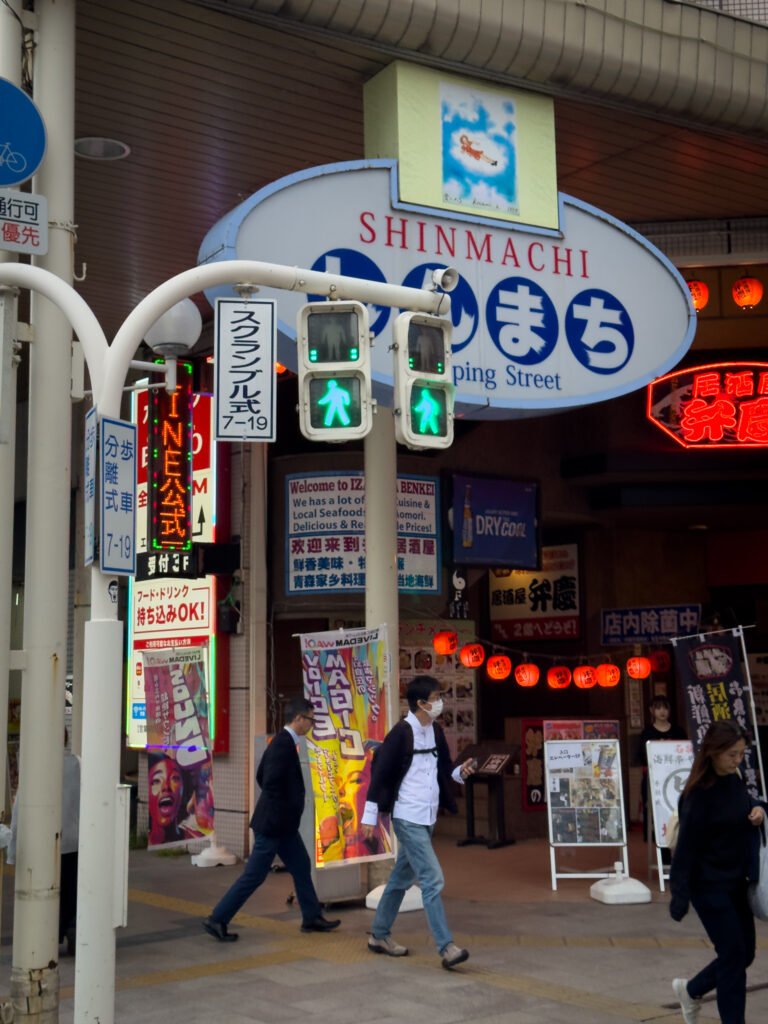

One of Aomori’s main shopping streets. There are modern shops, others with decades of history, and several bakeries worth stopping at. It’s not a tourist spot—it’s where locals go about their daily lives.
6. Take a side trip to Hirosaki
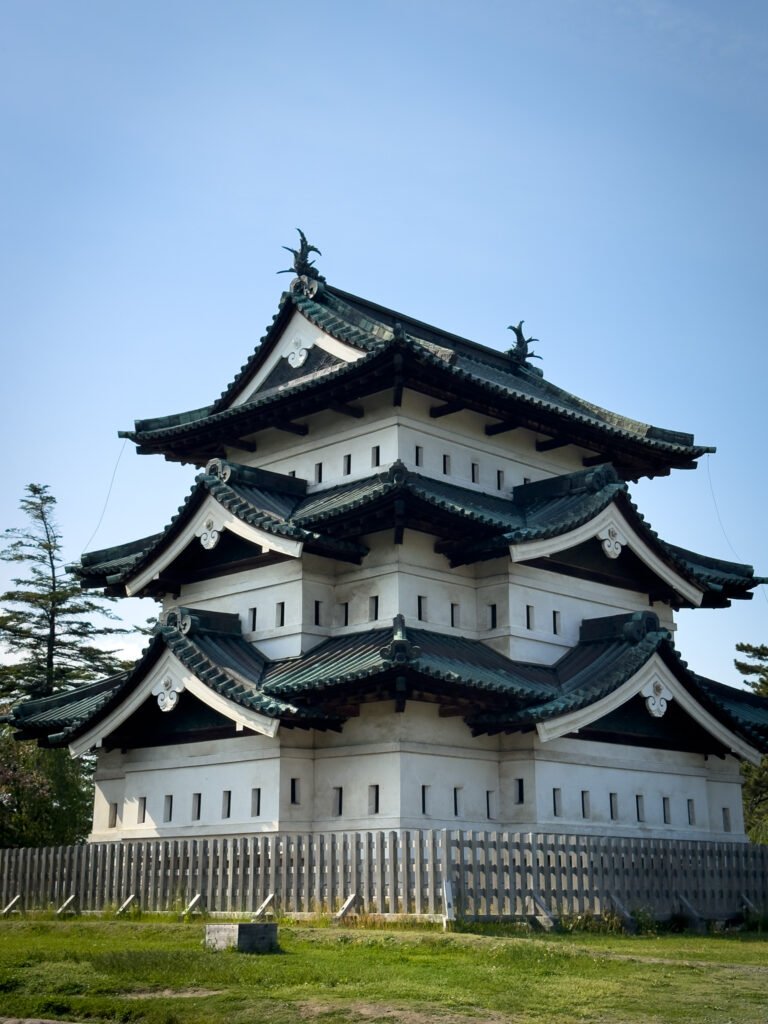
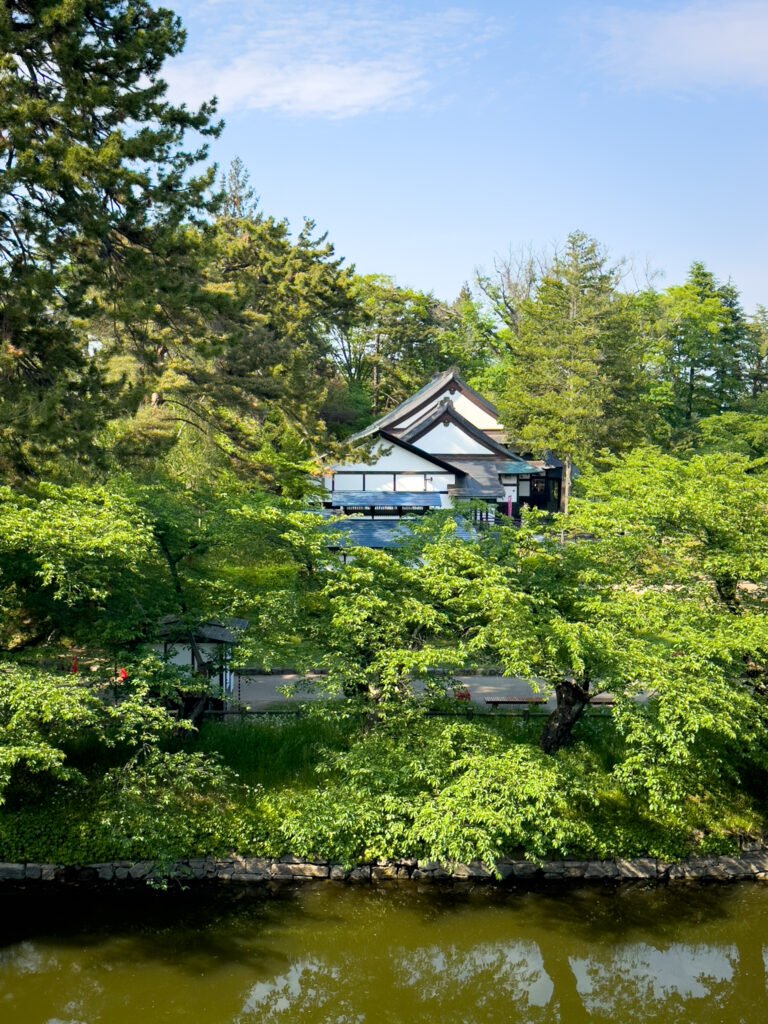
If you have time, rent a car and go to Hirosaki—especially during cherry blossom season. Hirosaki Castle is one of Japan’s most beautiful, and the surrounding park turns into a true sea of sakura in spring.
7. Visit Takayama Inari Shrine


A shrine with dozens of red torii gates lined up, hidden in a more remote area. Peaceful, almost mystical, perfect for a break surrounded by nature.
8. Explore the vintage shops on Nikoniko-dori
A little-known street where we found some vintage clothing stores, records, old books, and small alternative cafes. Ideal for those who like to discover treasures off the beaten path.
Tips for visiting Aomori
- Best time to visit: Between May and October, when the weather is milder. In August, the Nebuta Festival takes place if you want to experience something special.
- Transport: You can do almost everything on foot or by bus, but if you want to explore the surroundings (Hirosaki or Lake Towada), renting a car might be a good option.
- Climate: Aomori is cold in winter—bring warm clothes if you come during that time.
- Language: Few people speak fluent English, but they’re extremely helpful. Having Google Translate offline helps a lot.
- Food: Besides apple products, try Kaiyaki Miso, a regional dish with scallops and egg served in a shell.
Aomori surprised us. It’s not a city where everything screams for attention—but if you give it time, it speaks to you. In the silence of the shrines, the simplicity of a local market, or a cafe smelling of freshly baked apples.
You don’t always need to chase after the most famous places. Sometimes, it’s enough to stop where few stop, listen, taste, and stay awhile.
FAQs: Frequently Asked Questions about Aomori
What to do in Aomori?
In Aomori you can visit the Nebuta WA-RASSE museum, try local specialties at the Nokkedon market, explore Shinmachi Street, visit the ASPAM viewpoint, and try products made from Aomori’s famous apples. If you have time, it’s worth taking a side trip to Hirosaki or Takayama Inari Shrine.
When is the best time to visit Aomori?
The best time to visit Aomori is between May and October, when the weather is more pleasant. In August, the Nebuta Festival takes place, one of Japan’s most famous. In spring, you can visit Hirosaki to see the cherry blossoms.
How to get to Aomori?
Aomori has a JR station connected to the bullet train (Shinkansen), making it easy to reach from Tokyo, Sendai, or Hakodate. You can also arrive by ferry from Hakodate, a short and scenic crossing.
Where to stay in Aomori?
The best area to stay in Aomori is near JR Aomori Station, in the city center. The area has good access to transport, restaurants, and attractions. See our accommodation suggestions in Aomori for all budgets here.
Is Aomori a safe city to visit?
Yes, Aomori is a safe city, like most Japanese cities. It’s peaceful, with a welcoming population and good infrastructure. Still, as with any trip, it’s important to take basic precautions with personal belongings.




